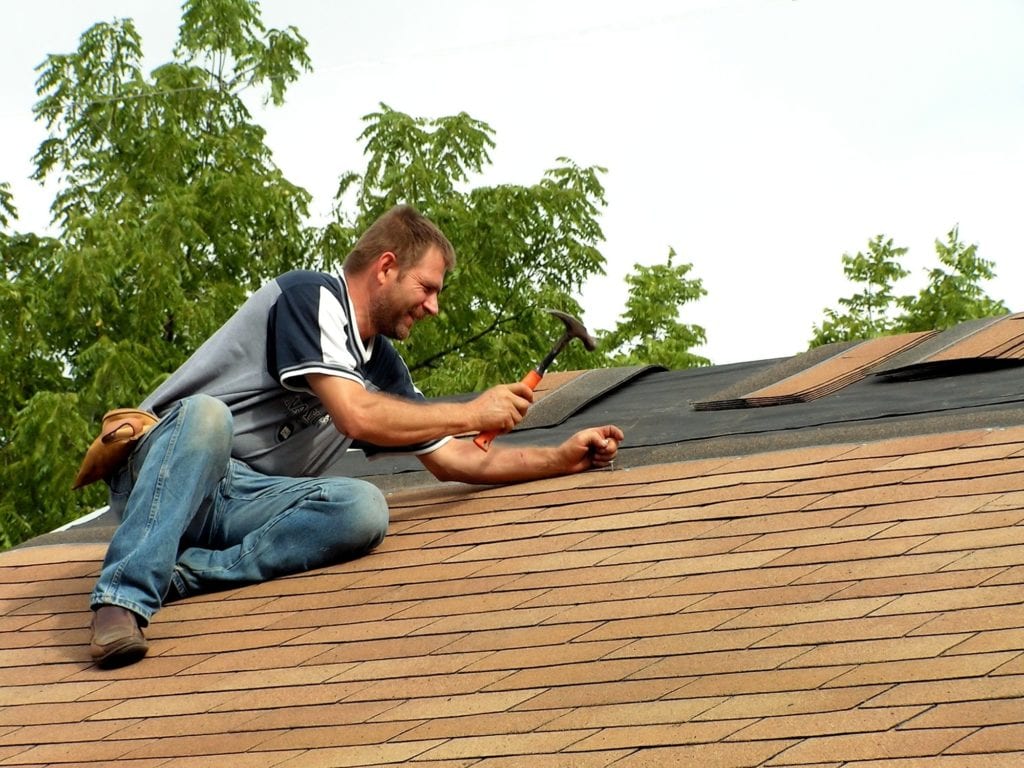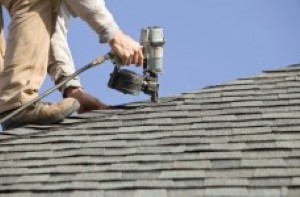Checking Out the Various Types of Roof Coverings: Which One Is Finest for Your Home?
When considering the myriad kinds of roof coverings offered, it is crucial to examine just how each option aligns with your home's one-of-a-kind demands, consisting of climate conditions, aesthetic choices, and architectural functionality. From the timeless saddleback roof that effectively networks rainwater to the modern flat roofing offering city adaptability, each design provides unique advantages and difficulties. In addition, the choice might significantly affect long-lasting maintenance and power performance. As you ponder the best fit for your house, it is essential to evaluate these aspects very carefully, especially as some alternatives might stun you with their prospective advantages.
Gable Roofs
Saddleback roofs, characterized by their triangular shape and sloping sides, are a popular choice among house owners seeking both aesthetic allure and functionality. This roofing style successfully permits efficient water runoff, reducing the threat of water merging and succeeding damages. Additionally, the steep inclines develop ample attic room area, which can be utilized for storage space or even converted right into living areas.
Among the primary advantages of saddleback roofs is their ability to hold up against extreme weather condition problems. The layout assists in reducing wind resistance, making them particularly appropriate for locations susceptible to storms. Moreover, saddleback roofs can be constructed utilizing a range of materials, consisting of shingles, tiles, and steel, offering home owners with flexibility in design and budget.
From a building perspective, saddleback roofs can boost the visual allure of a home, providing a timeless and traditional look. They can enhance various architectural designs, from traditional to contemporary layouts. However, it is vital to think about possible drawbacks, such as the vulnerability to snow build-up in cooler climates. Overall, gable roofings remain a favored alternative due to their balance of usefulness and design, interesting a variety of home owners.
Flat Roofs
While commonly forgotten in favor of even more standard roofing system designs, level roofing systems offer distinct advantages that deal with details building requirements and contemporary style choices. These roof coverings are identified by their marginal pitch, enabling for reliable usage of space, specifically in city environments where taking full advantage of square video footage is important.
One significant advantage of flat roofings is their flexibility. They can be used as extra living spaces, such as rooftop yards, outdoor patios, or solar panel installments, improving the functionality of a home. Additionally, level roofings are usually easier and much safer to browse during upkeep, promoting repairs and assessments without the obstacles presented by steep inclines.
Level roofings can also be extra cost-effective in regards to products and setup. With a simpler layout, they usually call for fewer sources, translating into lower labor costs. Nonetheless, it's vital to consider drainage and waterproofing, as flat roofings can be vulnerable to pooling water otherwise sufficiently made.

Hip Roofings
Hip roof coverings stand apart for their elegant style and architectural integrity, making them a preferred choice among property owners. Characterized by slopes on all four sides, hip roofings supply a well-balanced visual that matches different building designs - roof repair oahu. The in proportion nature of these roof coverings aids to distribute weight uniformly, improving security and longevity
One of the vital advantages of hip roofings is their ability to hold up against rough weather condition conditions. The sloped surface areas assist in reliable water drainage and snow drainage, lowering the threat of leaks and structural damage. In addition, the layout minimizes navigate to this website wind resistance, making hip roofs much less at risk to wind uplift contrasted to various other roof types.


Lost Roofing Systems
Lost roofings, in useful site contrast to the complexity of hip roofs, provide a minimalist and structured layout that attract modern visual appeals. Defined by a solitary sloping surface area, shed roofs are frequently used in modern design, garden sheds, and other useful structures. This simplicity not only improves aesthetic charm yet also enables effective water drainage, making them appropriate for numerous climates.
Among the main advantages of shed roofs is their cost-effectiveness. With fewer materials required and an uncomplicated setup procedure, house owners can conserve both time and money. The style additionally allows the consolidation of big home windows or skylights, advertising natural light and producing spacious interiors.
Nevertheless, it is vital to take into consideration the potential drawbacks, including minimal insulation options and the requirement for cautious design to avoid excessive heat accumulation. Additionally, shed roofs might not blend perfectly with conventional style, which could be an issue for some homeowners.
Ultimately, shed roof coverings offer a elegant and functional roofing service for those seeking modernity and performance. When selecting a roofing type, assessing personal useful demands and visual preferences will lead house owners to the ideal option for their distinct needs.
Mansard Roof Coverings
Mansard roofing systems, characterized by their distinct four-sided design, are a hallmark of French style that incorporates sophistication with functionality. This building style includes 2 slopes on each side, with the reduced slope being steeper than the top one. The distinct arrangement enables extra living space in the top degrees, making it an optimal choice for house owners looking for to take full advantage of usable location without expanding the building's impact.
One of the considerable advantages of a mansard roof covering is its flexibility. It can be adjusted to various building designs, from traditional to modern, improving the visual appeal of click to read any type of home. In addition, the ample area produced under the roofing system can conveniently suit dormer home windows, which permit natural light and air flow, additional enhancing the comfort of the living area.
Nonetheless, potential property owners need to consider the maintenance demands related to mansard roofs. The high slopes can lead to boosted wear from climate direct exposure, demanding routine examinations and repairs. Additionally, installation costs might be greater compared to less complex roofing system designs as a result of the complexity of building. Ultimately, a mansard roofing system can be an outstanding option for those prioritizing design and area.
Final Thought
Each roofing style presents unique advantages, such as the effectiveness of gable roofing systems, the modern-day appeal of shed roofings, and the stability of hip roofings. Level roofings offer functionality for city atmospheres, while mansard roof coverings offer added living room regardless of higher setup costs.
From the timeless gable roofing system that effectively networks rain to the contemporary level roof offering urban versatility, each design presents unique advantages and difficulties (roof repair oahu). Furthermore, the style reduces wind resistance, making hip roofing systems less at risk to wind uplift contrasted to various other roof types
Shed roofings, in comparison to the intricacy of hip roofing systems, use a structured and minimal design that appeals to contemporary appearances. Each roof design provides one-of-a-kind benefits, such as the performance of gable roofs, the modern charm of shed roofs, and the security of hip roofs. Flat roofing systems use functionality for metropolitan atmospheres, while mansard roofs provide additional living room regardless of greater setup costs.